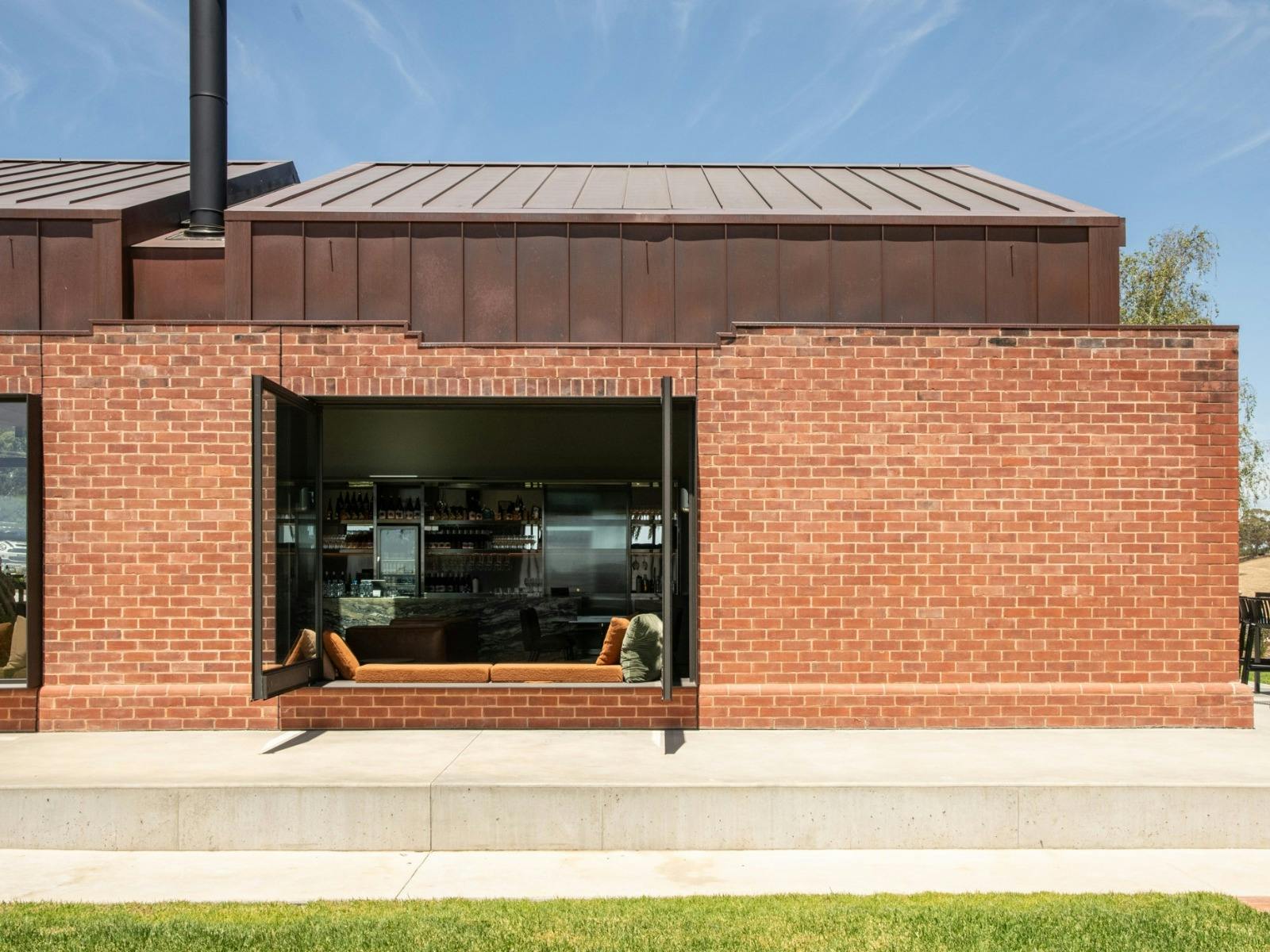Definitions

Sweetness
Sweetness in wine is mainly due to the presence of sugar in the wine, but alcohol can sometimes give the impression of sweetness.
A wine with sugar levels below the detectable threshold (typically under 5 grams per litre).
A wine with sugar levels above the detectable threshold typically between 5 and 12 grams per litre.
Wines with distinct sugar content, but not sweet enough to pair with desserts.
Described as luscious, dessert wines and fortified wines such as botrytis wines, Port’s and Muscat's fit into this category.
Acidity
The taste of acid is easily understood when we taste lemon juice. The sharp or sour acid taste in wines comes from the acids found in grapes such as tartaric acid and malic acid.
Acidity in wine is described as being low, medium or high.
Only wines with very high acidity taste sour. Usually acid in wine gives it a crisp freshness.
Wines that have a lot of residual sugar can mask acidity – dessert wines have more acidity than you think!
Tannin
In wine, tannin refers to natural compounds found in grape skins, seeds, stems, and oak barrels that create a dry, bitter, and astringent sensation in your mouth, similar to strong black tea.
Tannin binds to the proteins in saliva that lubricate the tongue and other surfaces inside our mouth. This loss of lubrication creates a dry powdery sensation in the mouth and is called astringency.
It is most often experienced in full bodied dry red wines that are high in tannin content. Another everyday drink that is high in tannin is black tea.
Tannin in wine is described as being low, medium (moderate) or high.
Silky, chalky, plush, velvety, grainy, chewy, grippy, ripe, astringent.
Body
A wine’s body refers to how much you feel the weight of the wine on your palate.
Body isn’t the result of any one particular characteristic in wine, but rather a culmination of several characteristics interacting together.
For example, wines with high alcohol levels (14%+ ABV) or high sweetness give the impression of a fuller body. The concept is often explained using milk as an example. Consider the difference in weight of skim milk versus full cream milk vs cream.
Light-bodied, medium-bodied, full-bodied, rich, weighty, mouth-filling.
Fundamental qualities we look for in wine
Explore South Australian Wineries











